George Balanchine’s The Nutcracker returns to transform the Magic City into a holiday adventure like no other. This is the holiday tradition you can’t miss—sunshine, sparkle, and spectacular performances, only in Miami.
The festive fun begins the moment you arrive—an immersive pre-show experience welcomes you to the Land of Sweets, setting the stage for an unforgettable holiday tradition you’ll cherish.
Then, the real magic begins. Over 100 dazzling dancers, a live orchestra, and stunning stagecraft bring the magic of Tchaikovsky’s beloved score to life. Picture swirling snowflakes, the shimmering Sugarplum Fairy, and a tropical take on wintertime wonder—all unfolding in a burst of color and joy. And yes, even in sunny South Florida, we make it snow!
George Balanchine’s choreography masterfully brings to life one of the great 19th-century children's stories, E.T.A. Hoffmann’s The Nutcracker and The Mouse King (1816), a tale that celebrates imagination, adventure, and courage.
The choreography is so wonderfully intricate and layered that you discover something new every time you see it. Peter Ilyich Tchaikovsky’s extraordinary music has been described as “both abundant and perfect” by The New York Times. From the very first note, the grandeur of the music raises goosebumps of anticipation.
In 2017, Isabel and Ruben Toledo re-imagined the original costume and set designs for Miami City Ballet, using the mood and feeling of South Florida to influence the vibrant colors and exciting stage effects.
While the sets and costumes have been re-imagined, it is Balanchine's choreography that endures; conveying the classic holiday tale of a brave little girl named Marie and her dashing Nutcracker journeying through a sparkling forest of dancing snowflakes, battling the ferocious Mouse King and befriending the Sugarplum Fairy and a host of colorful characters in the Land of Sweets.
Choreographer George Balanchine's production of Tchaikovsky's ballet The Nutcracker has become the most famous stage production of the ballet performed in the U.S. (Mikhail Baryshnikov's production is the most famous television version, although it too originated onstage.) It uses the plot of the Alexandre Dumas, père, version of E.T.A. Hoffmann's tale, The Nutcracker and the Mouse King (1816). Its premiere took place on February 2, 1954, at City Center, New York, with costumes by Karinska and sets by Horace Armistead. It has been staged in New York every year since 1954, and many other productions throughout the United States either imitate it, or directly use the Balanchine staging. However, although it is often cited as being the production that made the ballet famous in the U.S., it was Willam Christensen's 1944 production for the San Francisco Ballet which first introduced the complete work to the United States.
In Balanchine's version, the leading roles of Clara (here called Marie) and the Nutcracker/Prince are danced by children, and so their dances are choreographed to be less difficult than the ones performed by the adults. Marie does not dance at all in the second act of this version. The Prince's dancing in Act II is limited to the pantomime that he performs "describing" his defeat of the Mouse King. Instead, Marie and the Prince sit out nearly all of Act II watching other dancers perform for them, and unlike most other versions, neither one of them takes part in the ballet's Final Waltz.
Because Marie and the Nutcracker / Prince are played by children approximately ten years old in the Balanchine Nutcracker, no adult romantic interest between them is even implied, although Marie and Drosselmeyer's nephew, who looks exactly like the Prince, are clearly drawn to each other during the Christmas party. However, the 1958 Playhouse 90 telecast of the Balanchine Nutcracker, which changed Marie's name back to Clara and stated that the Prince was Drosselmeyer's nephew, had narrator June Lockhart saying at the end that "From that day on, Drosselmeyer's nephew is Clara's Prince and Clara is his Princess, and I need not tell you that they lived happily ever after." (But Drosselmeyer's nephew is there when the Nutcracker is broken during the Christmas party, so it is difficult to believe that he is the Nutcracker/ Prince, unless Marie dreams her fantasy adventures, and it is unclear in this version whether she does or not.) Years later, movie critic Stephen Holden, in reviewing the 1993 film version of the Balanchine Nutcracker, referred to Marie as the Prince's sweetheart. And oddly enough, throughout Act II of the 1993 film of Balanchine's version, Marie does wear a veil that resembles a bridal veil.
The Balanchine version uses perhaps more real children than any other version. (In other versions, the children are sometimes played by adult women.) The rôles of Clara and the Nutcracker/ Prince are performed by adults in many other versions, and in these productions of the ballet, there is usually more than a hint of budding romance between the two.
The Journey Through the Snow sequence, in many other productions danced by Clara and the Nutcracker immediately after his transformation into a Prince, is not danced at all in the Balanchine version, although the music is played. Instead, Marie faints and falls on the bed after the battle, and the Nutcracker exits. Marie's bed moves by itself across the stage as the music plays, and at its climax, the Nutcracker reappears and through the use of a stage effect, turns into a Prince. He awakens Marie, places on her head one of the crowns that he took from the dead seven-headed Mouse King, and they exit. (In the 1993 film of Balanchine's Nutcracker, the bed flies through the air rather than simply moving across the stage. This is achieved by special effects created by Industrial Light & Magic.)


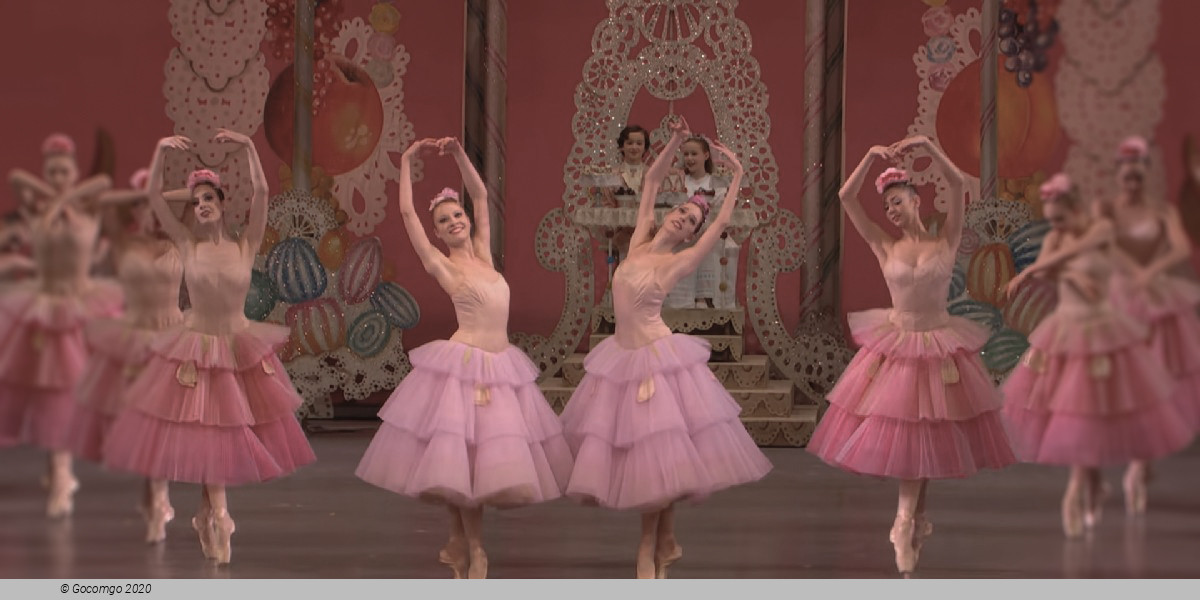
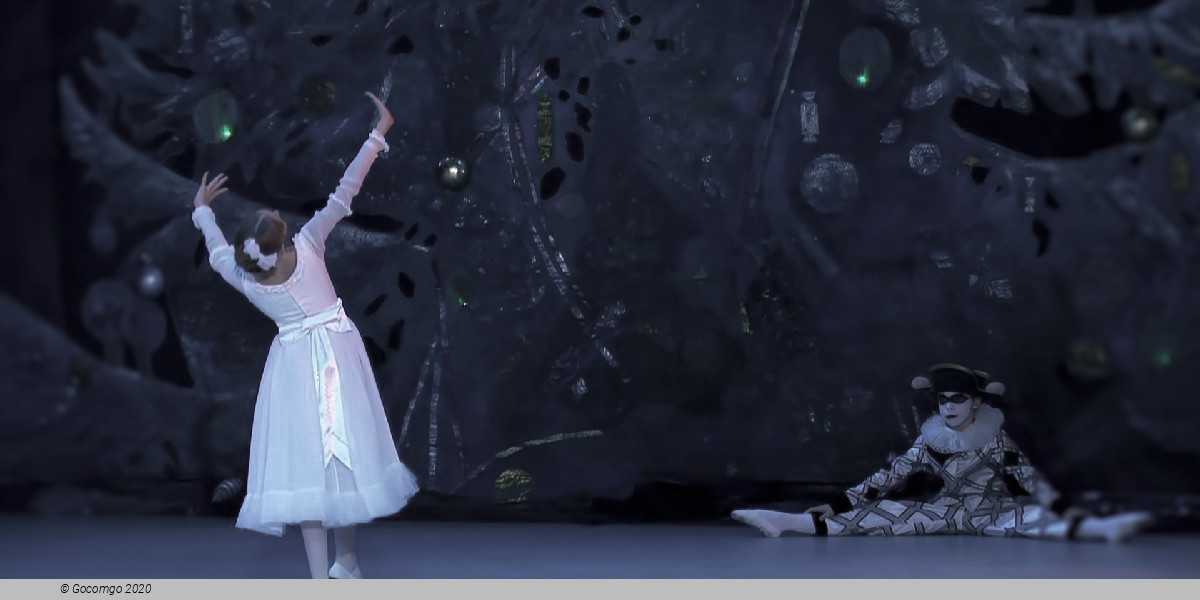
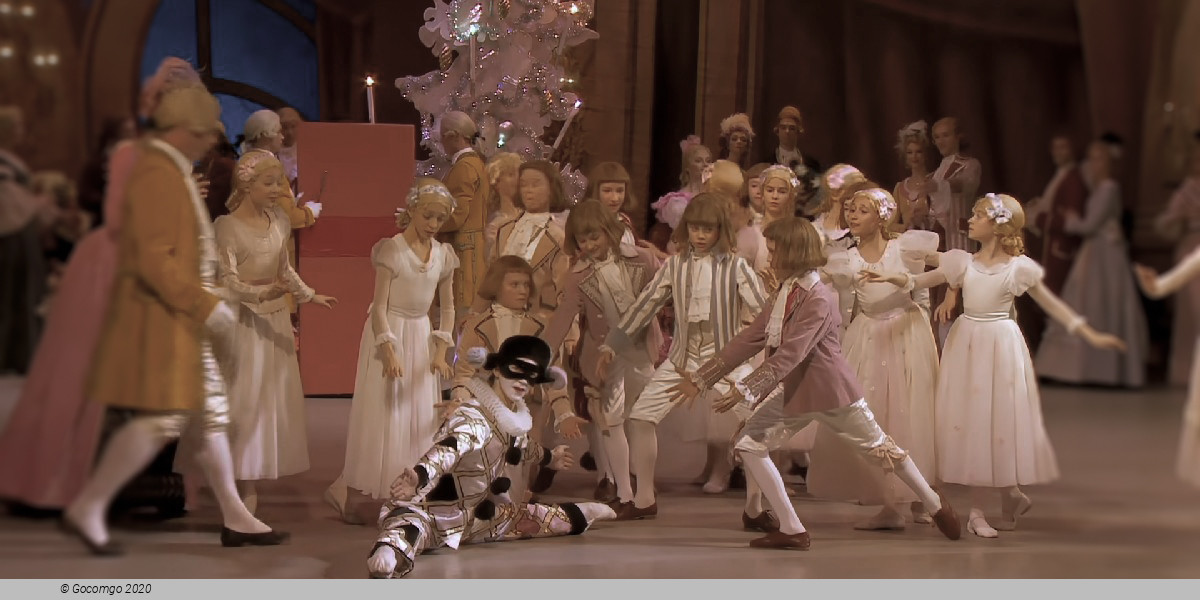
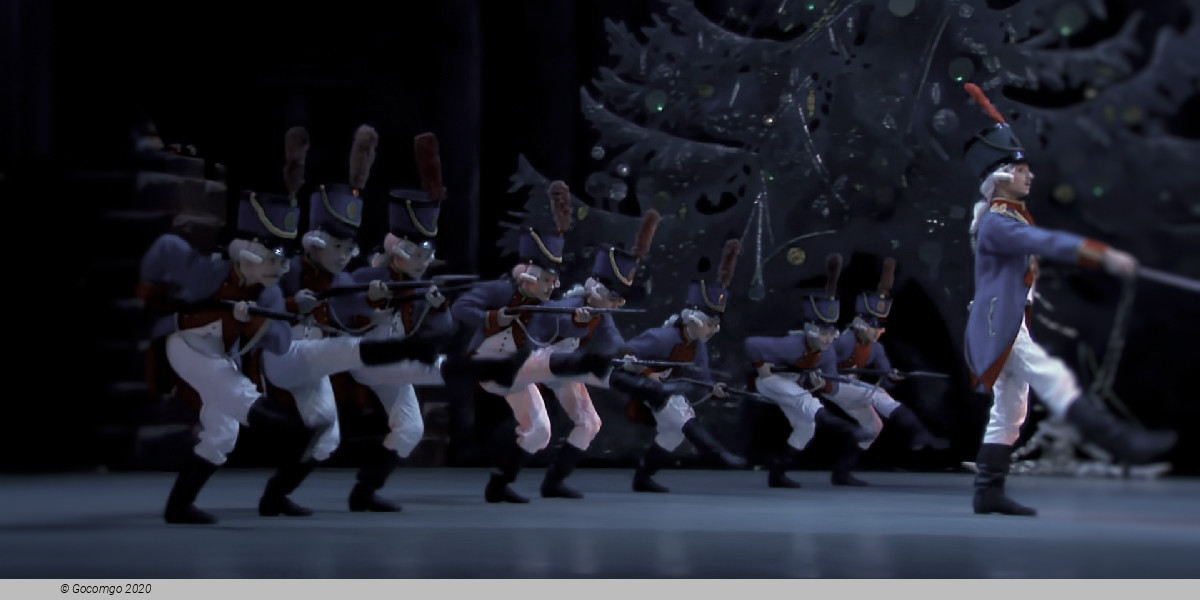
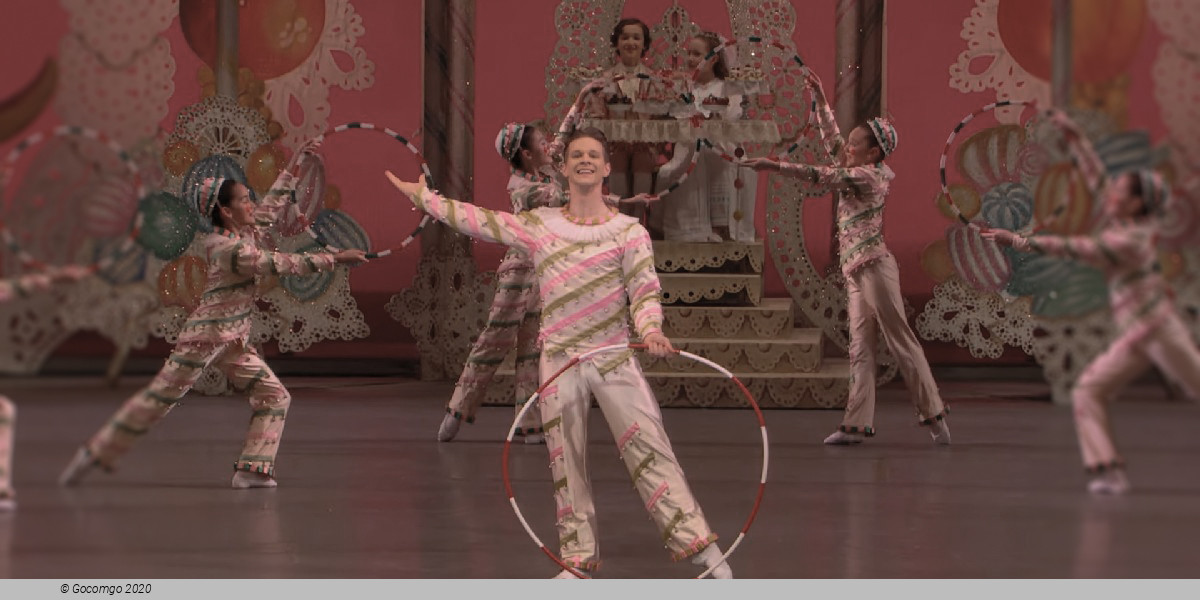
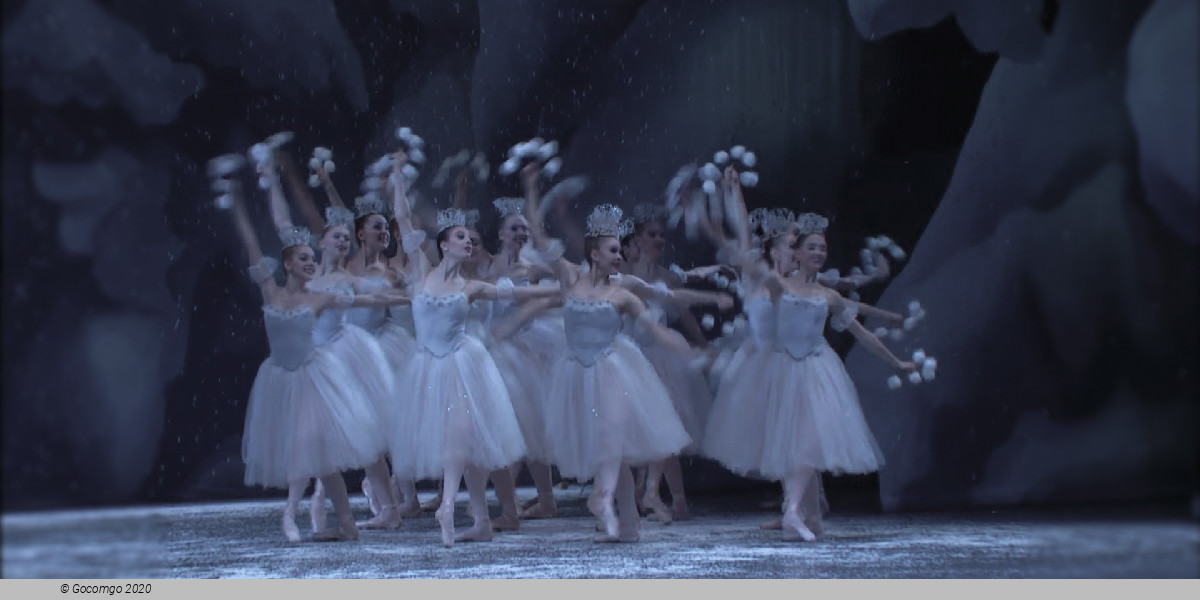
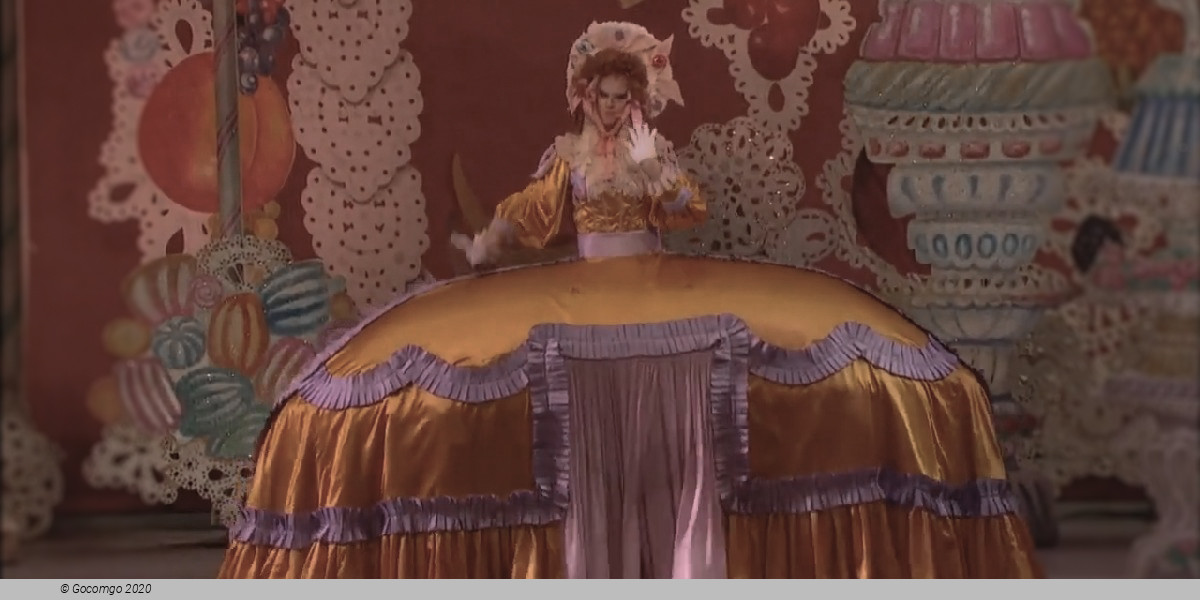
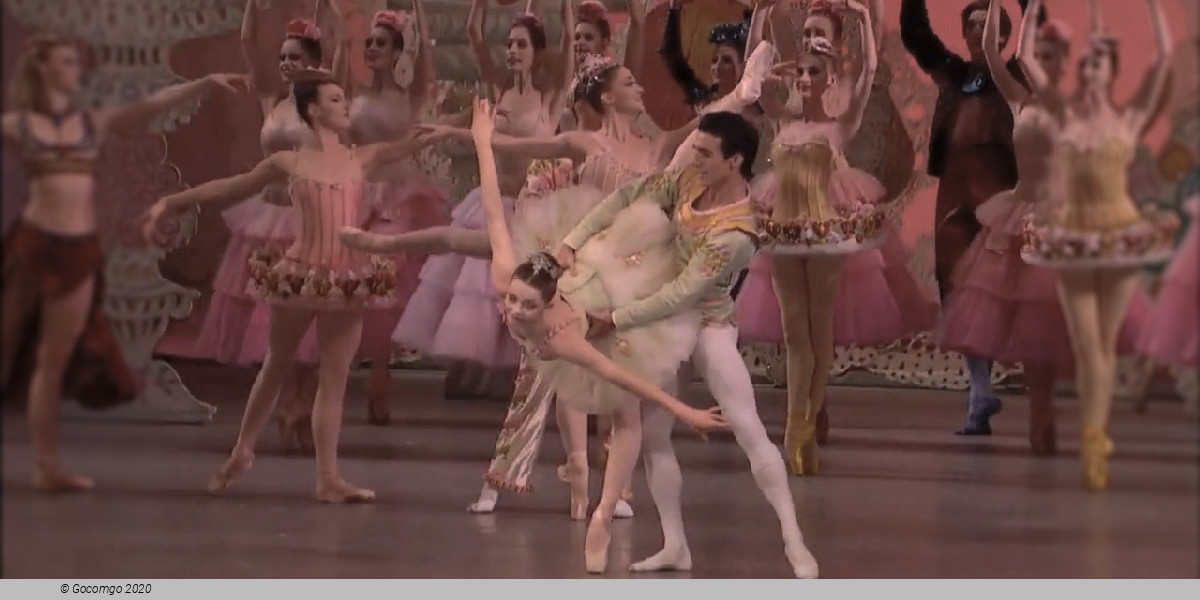
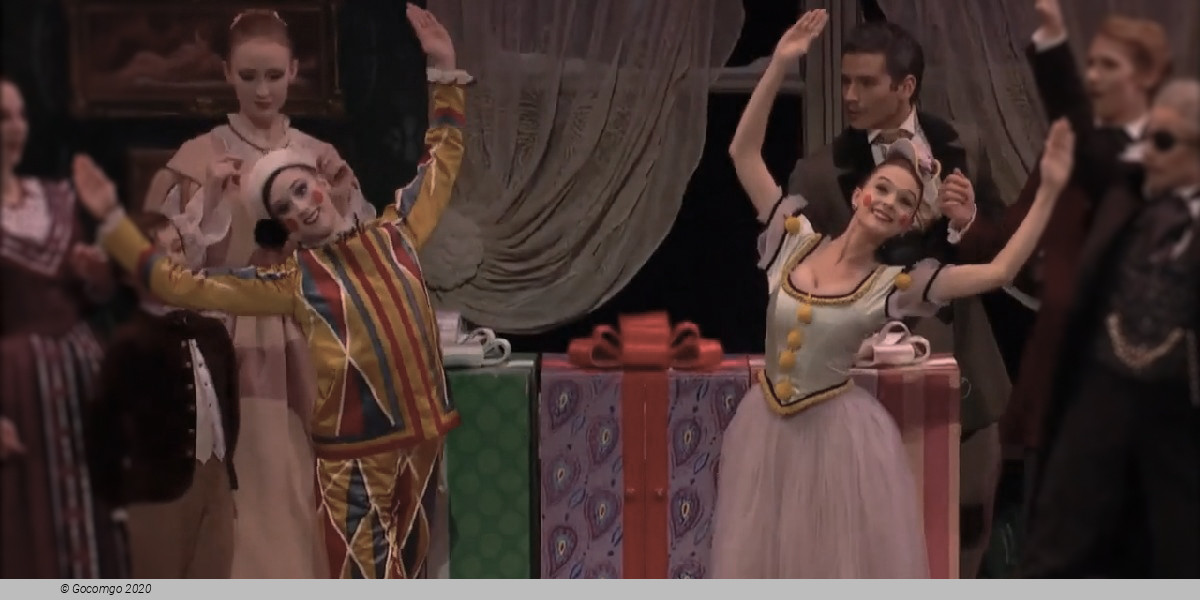
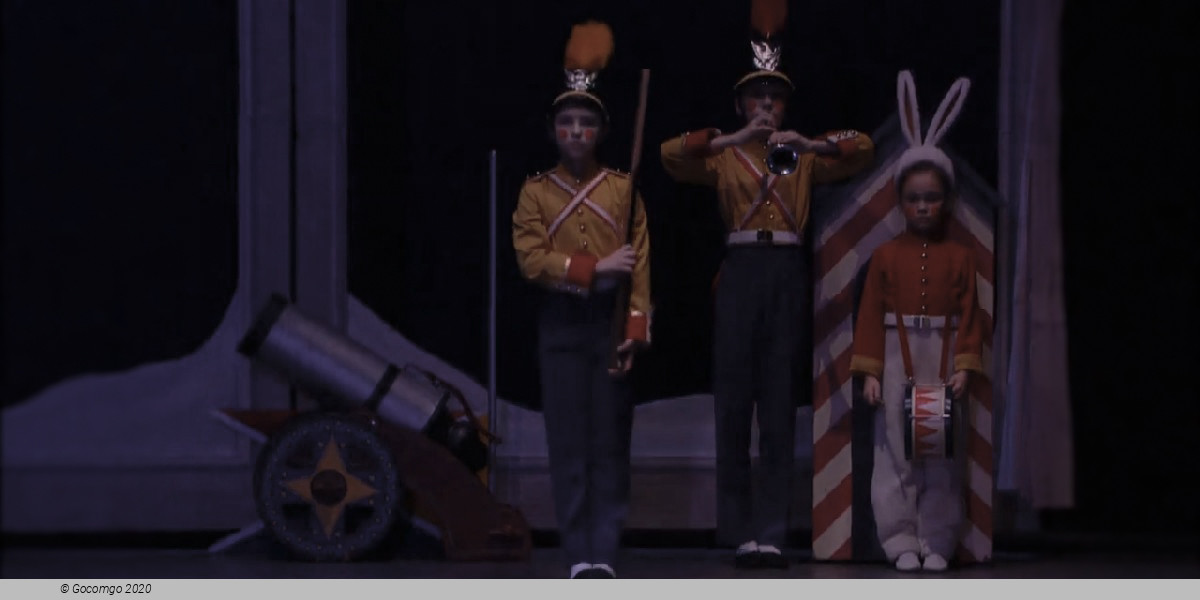
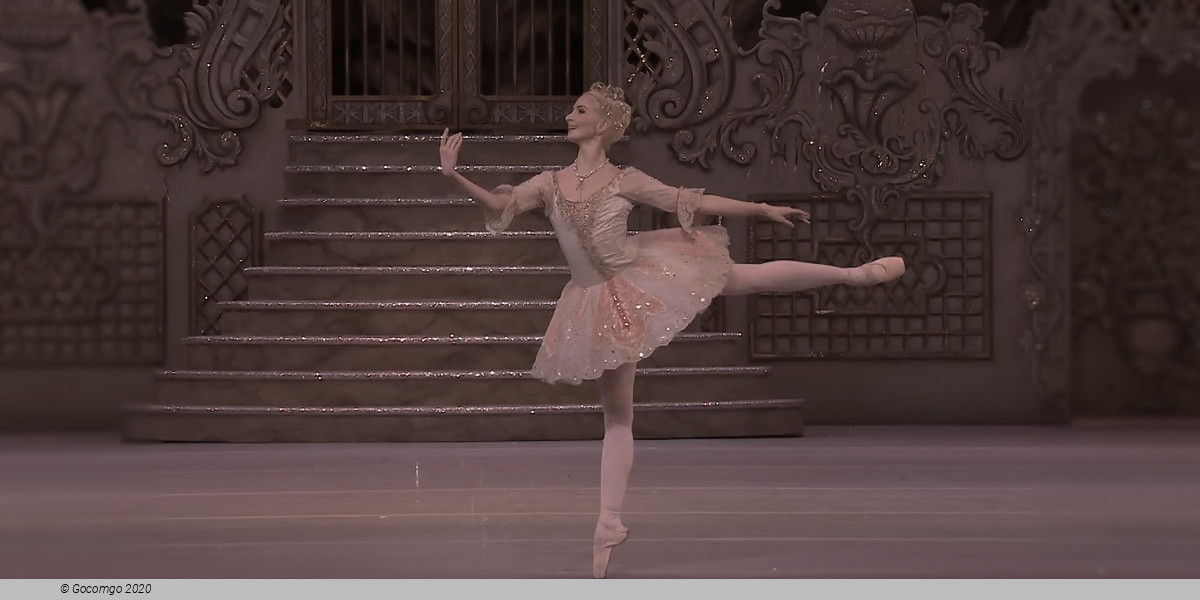
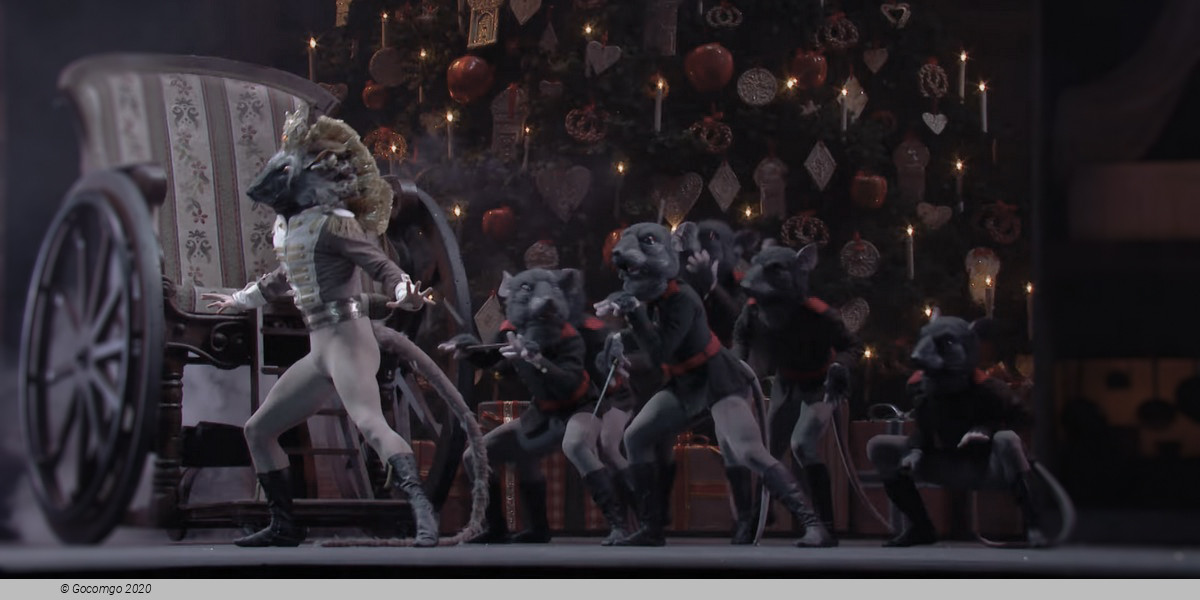
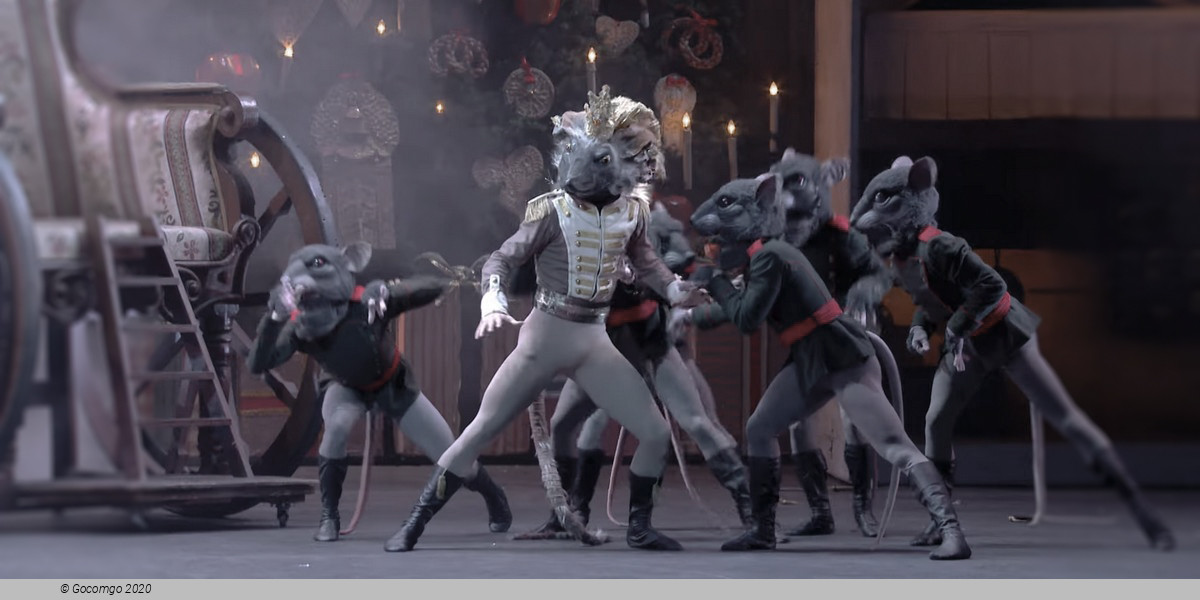
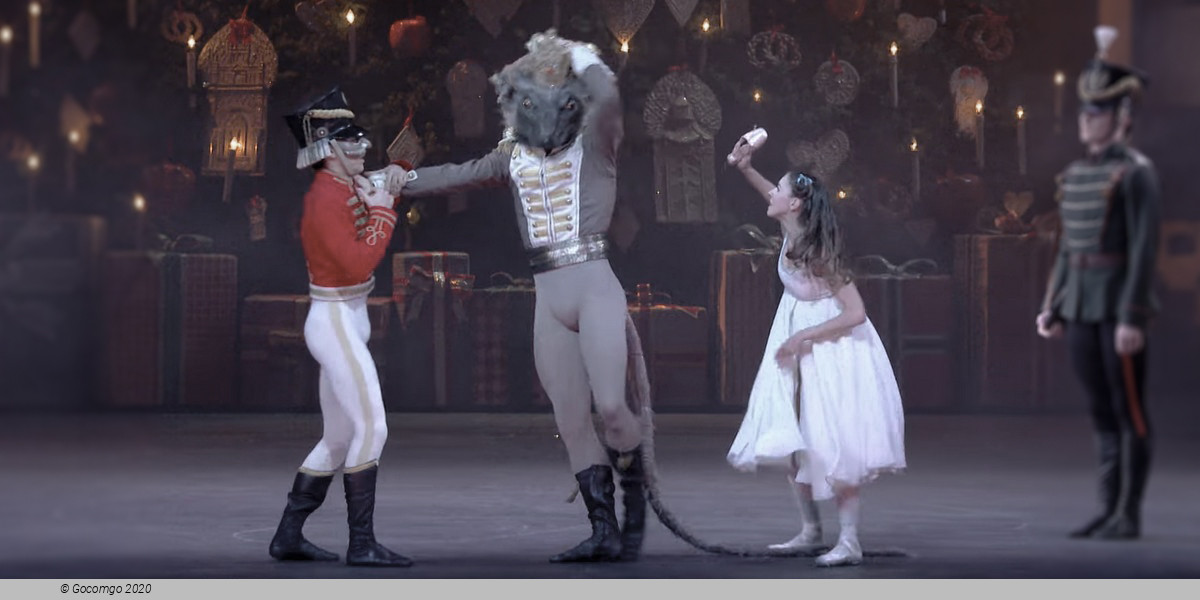
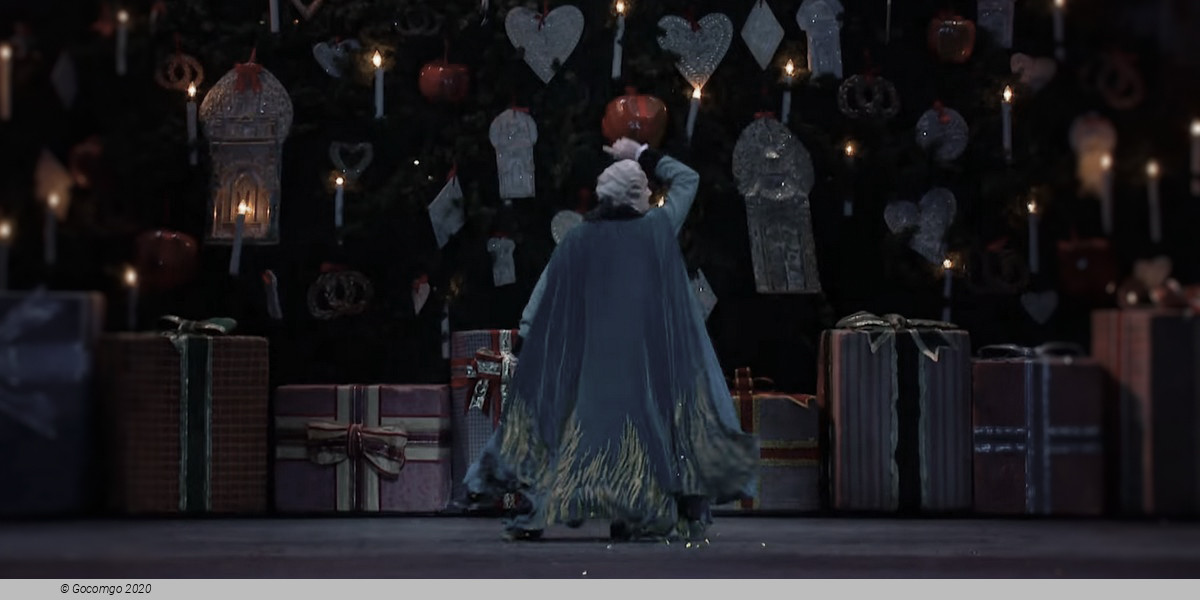
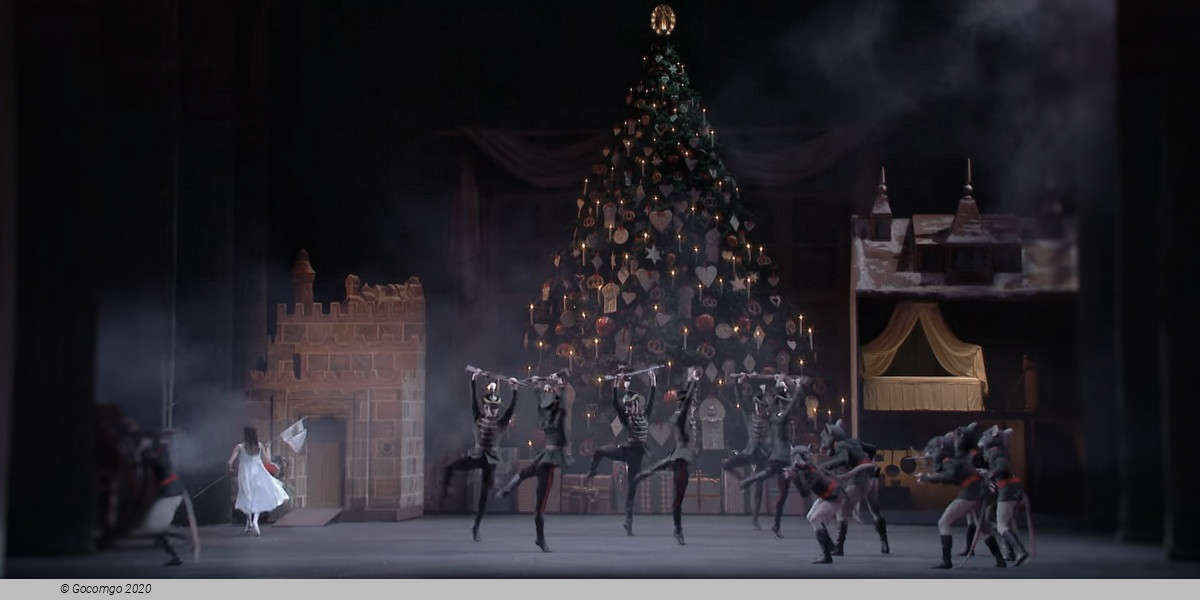
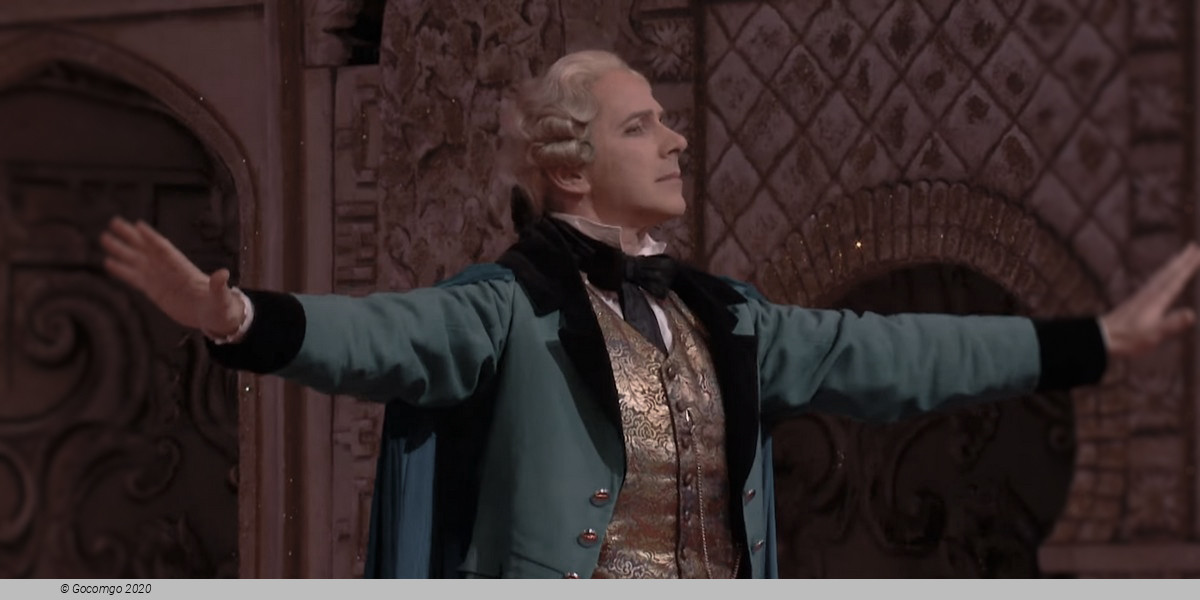
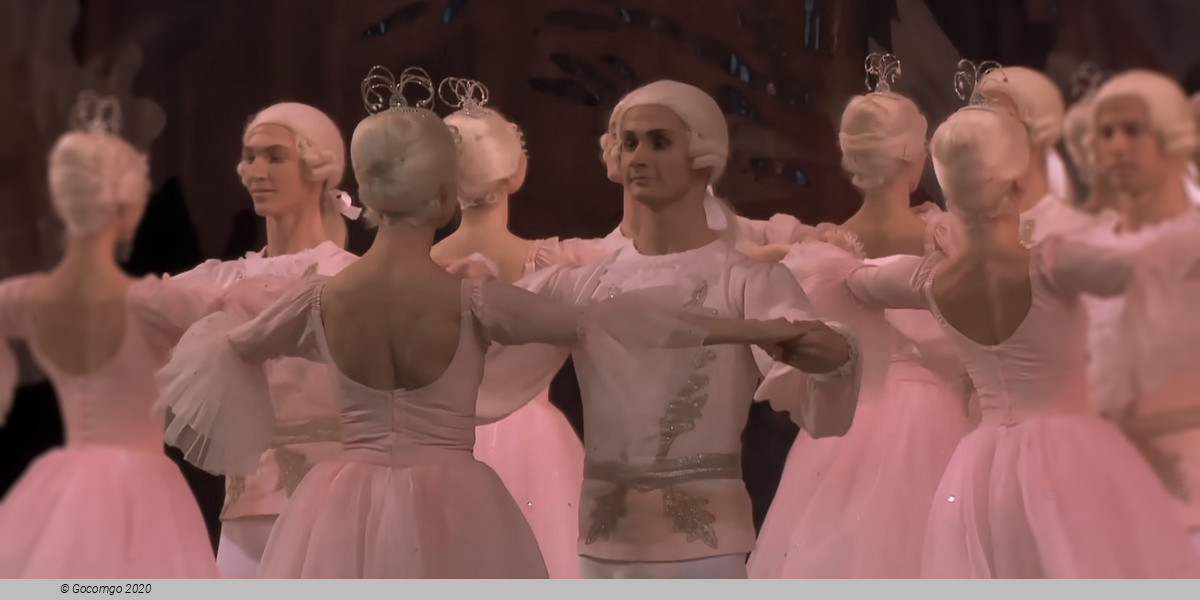
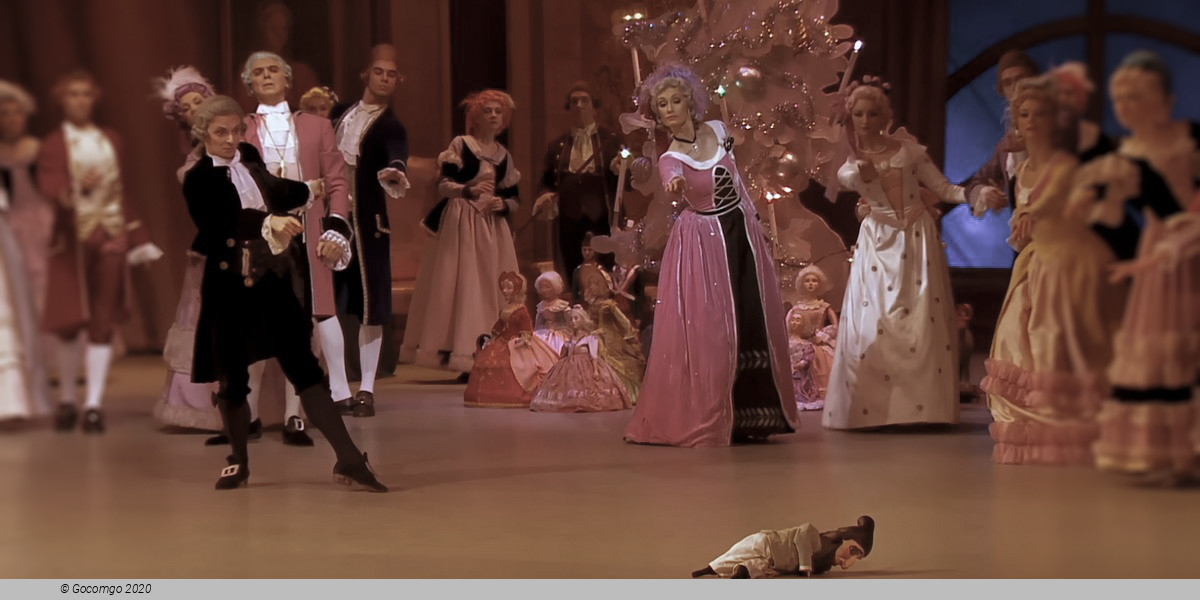
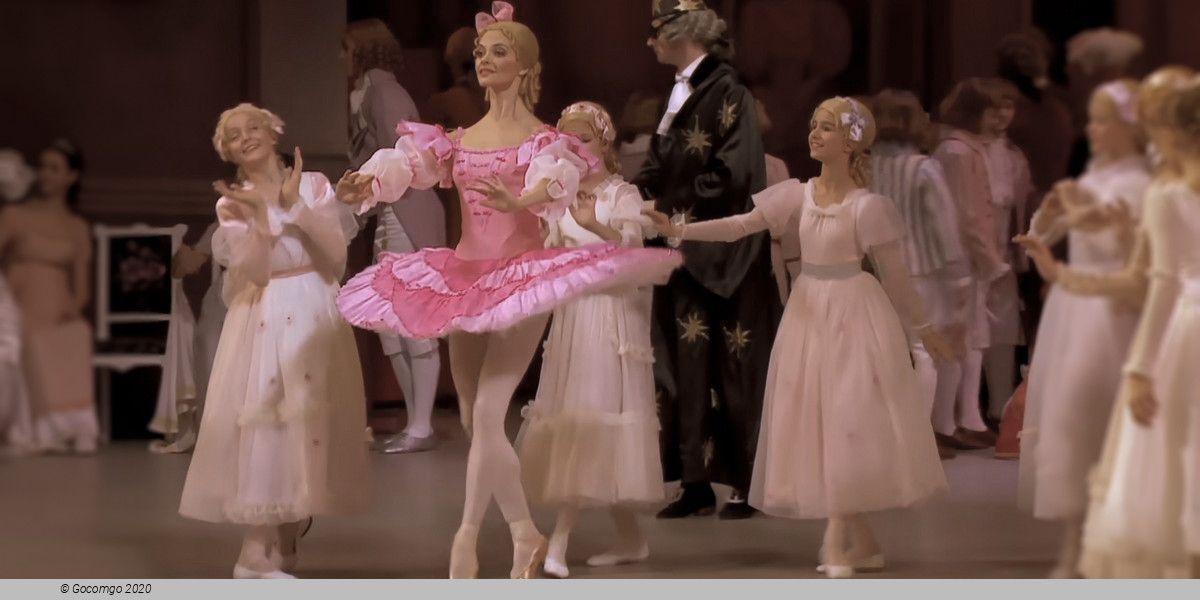
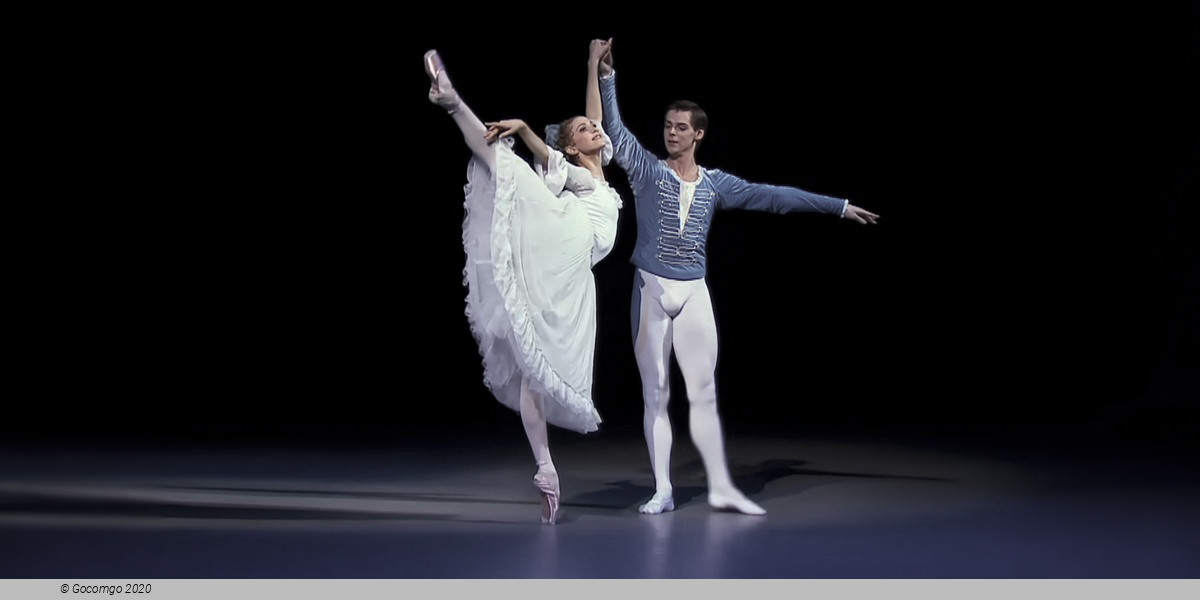
 1300 Biscayne Blvd
1300 Biscayne Blvd